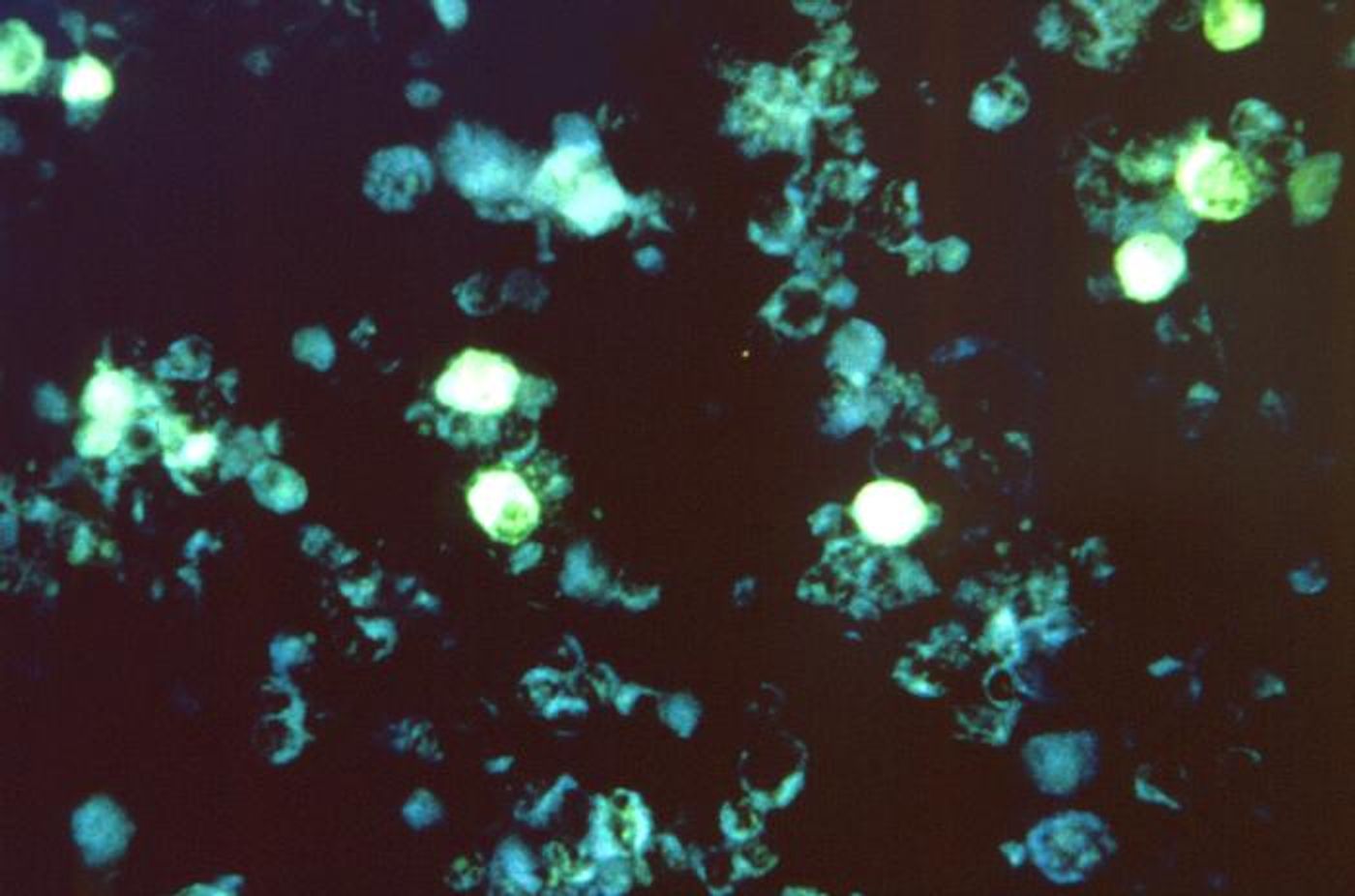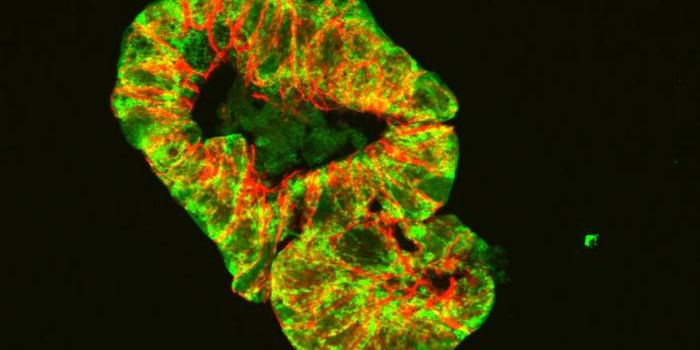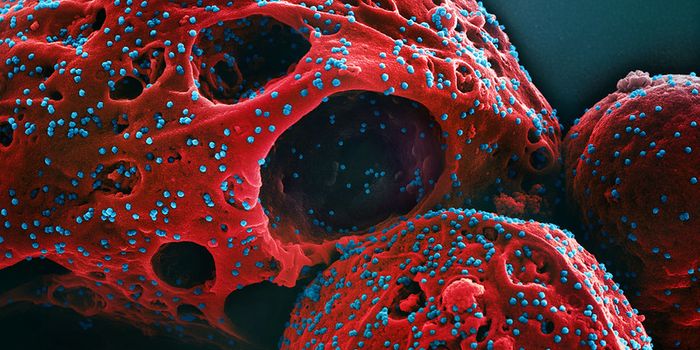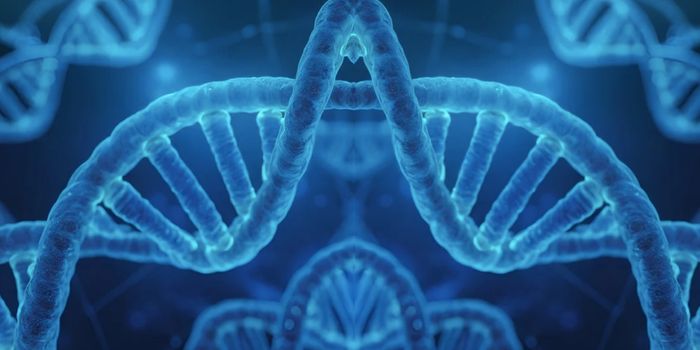Epstein-Barr Virus Hones in on Fragile DNA to Cause Cancer
Epstein-Barr virus (EBV) can spread so easily, it is thought that over 90 percent of people in the world have been infected, which usually happens during childhood. EBV infections can cause acute illnesses like mononucleosis, and these problems tend to resolve on their own. However, the virus can also become dormant and hide out in the body, where it can wait for an opportune time to cause illness again. Several diseases including cancer have been linked to long-term infections of latent EBV.
Scientists have now revealed how the viruses uses weak points in the genome to cause cancer, while also disrupting the immune system's ability to stop it. The findings have been reported in Nature.
There are fragile points in every genome; places where the DNA is more likely to be broken or acquire gaps or mutations when the genome is replicated. These breakage points have been linked to disease and some heritable disorders. Some may be common while others are rare.
In cells that are infected with EBV, a viral protein called EBNA1 is expressed. EBNA1 binds to a very specific site in the viral genome, where it starts to replicate. This study has shown that EBNA1 also attaches to a group of sequences at a fragile location on human chromosome 11 that are similar to the binding site on EBV. As the EBNA1 protein builds up at the chromosome 11 location, chromosomal breakage is triggered.
The work revealed that the EBV-induced breakage on human chromosome 11 initiates a "cascade of genomic instability that can potentially activate a leukemia-causing oncogene and inactivate a major tumor suppressor,” said senior study author Don Cleveland, PhD, a Distinguished Professor at UC San Diego School of Medicine. “It’s the first demonstration of how cleavage of a fragile DNA site can be selectively induced.”
Previous work has indicated that EBNA1 can inhibit a crucial tumor suppressor called p53, which has a critical role in cell division and cell death; p53 mutations have also been associated with the growth of cancer.
In this research, the investigators assessed the whole genome sequences of samples of 2,439 cancers from 38 different kinds of tumors. Cancerous tumors that carried EBV (at detectable levels) had more chromosome 11 abnormalities, including every case of head and neck cancer, compared to those that did not carry detectable EBV.
The likelihood of chromosomal damage may depend on how much EBNA1 is present during a latent infection, or the individual genetic differences in EBV-like sequences on chromosome 11, noted first study author Julia Li, PhD, a postdoctoral fellow in Cleveland’s lab.
This work has opened up new possibilities for identifying those at risk and preventing the development of diseases that are associated with EBV, added Li.
Sources: University of California - San Diego, Nature









